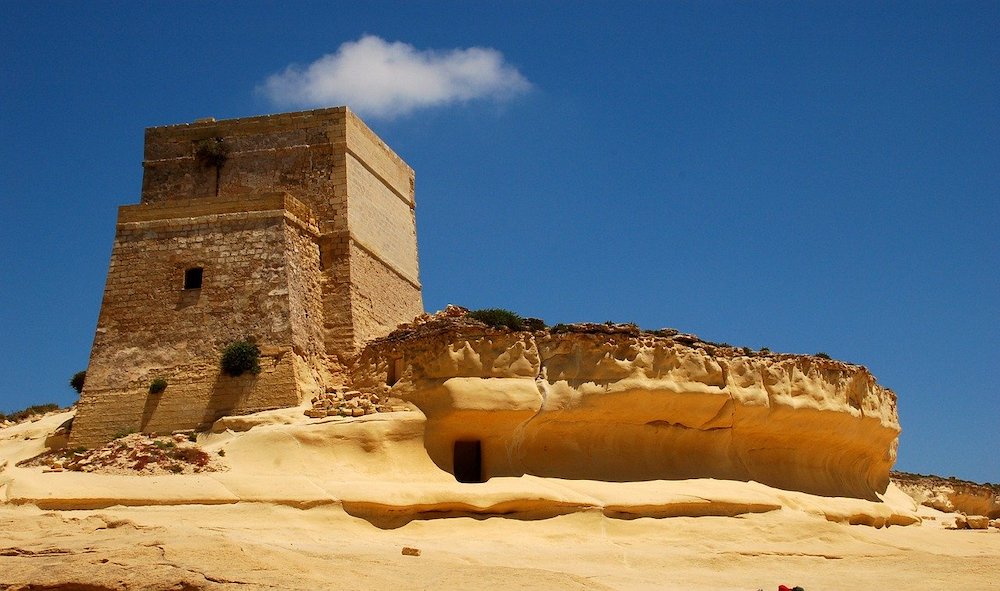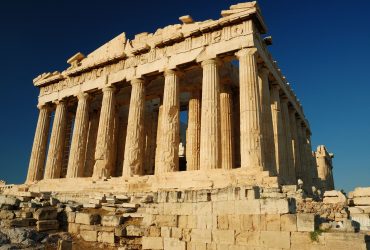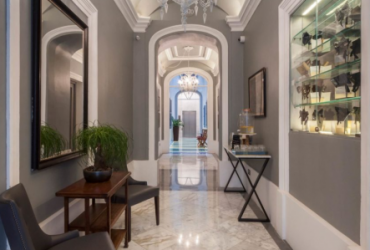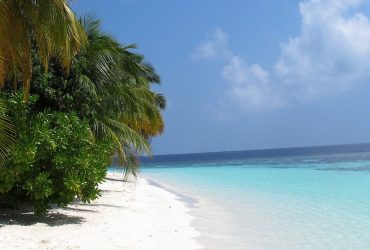At the Crossroads of Empires: Malta’s Storied History

When we think of ancient civilisations, Malta isn’t usually at the top of our list. The Egyptians, Babylonians, Sumarians, and Chinese all have much more famous ancient histories, some of which is still quite well preserved today. However, some of the world’s oldest surviving buildings can be found on the small Mediterranean island nation of Malta, evidence of an ancient advanced society that make the 4,500-year-old Pyramids look somewhat youthful.
The Megalithic Stone Temples of Malta, a UNESCO world heritage site, sound like something straight out of a fantasy video game, but they are very real indeed. Scattered across Malta’s two main islands, these ancient structures date as far back as 3,600 BC, making the oldest of them at least more than 5,600 years old.
The ancient people who built these temples were part of a civilization that inhabited the Maltese islands for more than a thousand years. However, their society is thought to have collapsed and faded into history by about 2350 BC. These weren’t the first people to inhabit Malta though (earlier settlements date back to 5,900 BC), and they certainly weren’t the last.
In more “modern” times, comparatively, Malta was settled as an outpost for a series of successive Mediterranean-adjacent empires, including the Phoenicians, the Carthagenians, the Romans, the Byzantines (aka Eastern Romans), the Aghlabids (Arabs from North Africa), the Normans (via Sicily), the multi-national Crusaders, the Swabians (modern southwest Germans), the Aragonese (who later became the Spanish), the Spanish (after they became the Spanish), the Ottomans, the French, and finally the British.
Each one of these foreign invaders left a unique mark on what the modern nation of Malta is today. The Arab invasion and occupation, for example, gave Malta it’s unique Arabic-looking and -sounding language, which is the only Semitic (i.e., Middle Eastern… roughly) official language of a European Union member state. The Crusaders of the Middle Ages built enormous fortifications all around Malta and founded many of the island’s cities, including it’s cute little capital of Valletta.
Being the last foreign occupying power before formal independence, British influence remains quite prominent throughout Malta today. Most Maltese people speak English as a second language, and the country drives on the left (the British) side of the road – so watch those crosswalks!
Throughout much of the 19th and 20th centuries, the United Kingdom used Malta as a base to protect and project their naval power throughout the Mediterranean while slowly giving the Maltese people increasing crumbs of self-governance. In 1813, Malta was gifted a constitution, and in 1849 an elected Council of Government was established. True home rule, however, was not granted until 1921, although it remained a colony of the British crown.
Following World War II, heated debate ensued in both Malta and London about whether Malta should actually be formally integrated as a full-fledged part of the United Kingdom, with proposals even being floated of giving the islands representation in the House of Commons. However, in 1964, the British Parliament passed the Malta Independence Act and on September 21st of that year, Malta was declared a separate and independent state, although it remained part of the British Commonwealth.
Today, Malta is a small but fully independent and integrated member of the European and global community of nations, having joined the United Nations shortly after its independence in December of 1964, the Council of Europe in 1965, the European Economic Community in 1970, and the European Union in 2004.
With cheap and frequent flights from most European countries, Malta is now a popular travel destination not only for for those seeking sun and sand (Malta is the warmest country in Europe on average year-round), but also for those interested in historical and cultural tourism. Malta’s storied history is as unique as it is long and diverse, and its amazing Mediterranean climate and lifestyle all combine to make it one of Europe’s best kept travel secrets.



